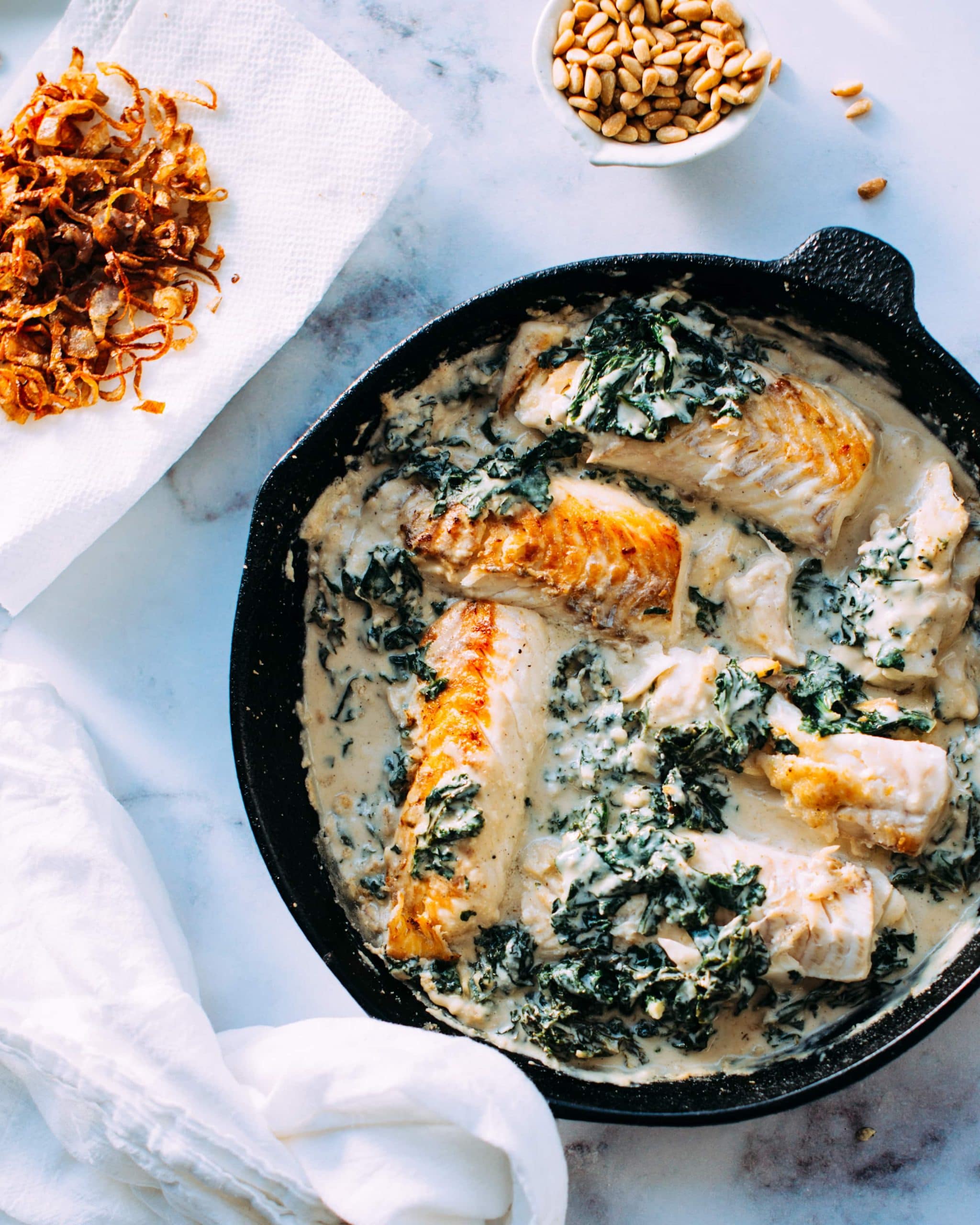Turkey Dinner: A No-Stress Schedule from Shopping to Make-Ahead Cooking
Nov 14, 2022, Updated Oct 04, 2023
Cooking a turkey dinner for Thanksgiving or Christmas? Here’s everything you need to know about the timing: from recipe planning to shopping, to thawing and prepping and cooking in advance.
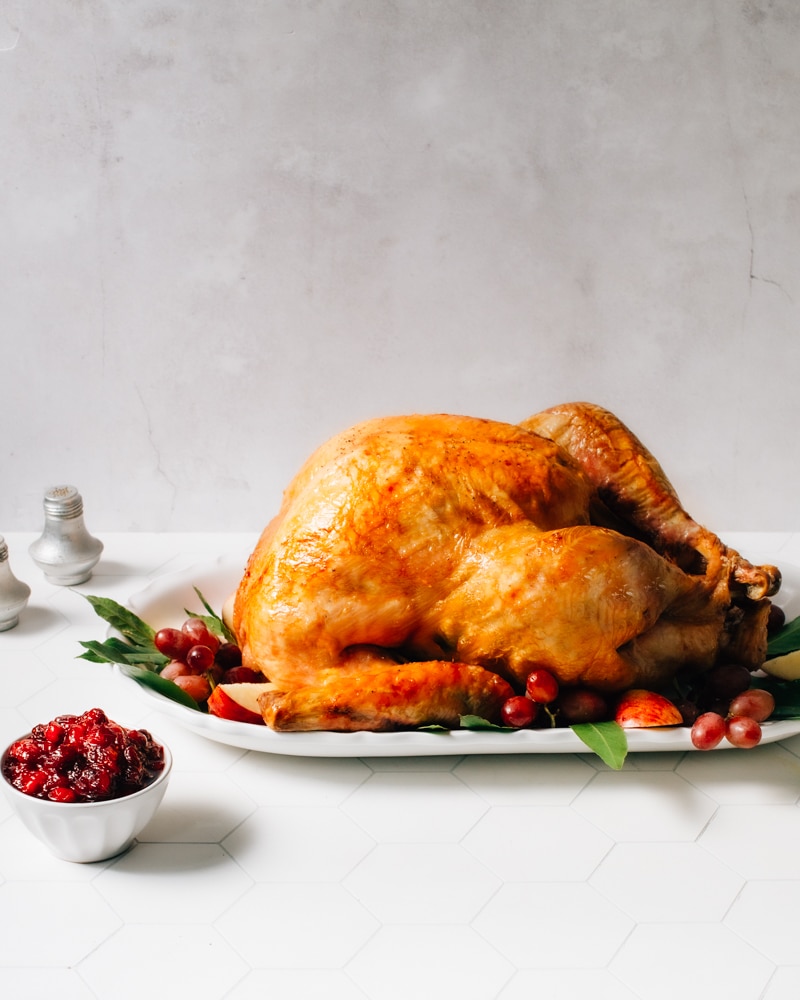
I have been cooking turkeys for Christmas and Thanksgiving for about two decades. I’ve also been a Butterball brand ambassador for the past many years. I’ve cooked so many turkeys.
I adore roast dinners like this because you can do so much of the cooking in advance. You’re not tasting things for the first time just before serving, which lowers performance anxiety. When you prep ahead, you’re not cooking under pressure. There’s a buffer to start over if you don’t like how something turned out.
There is, however, some planning and backwards engineering you have to do to ensure everything runs smoothly. Read on for my planning and preparation schedule.
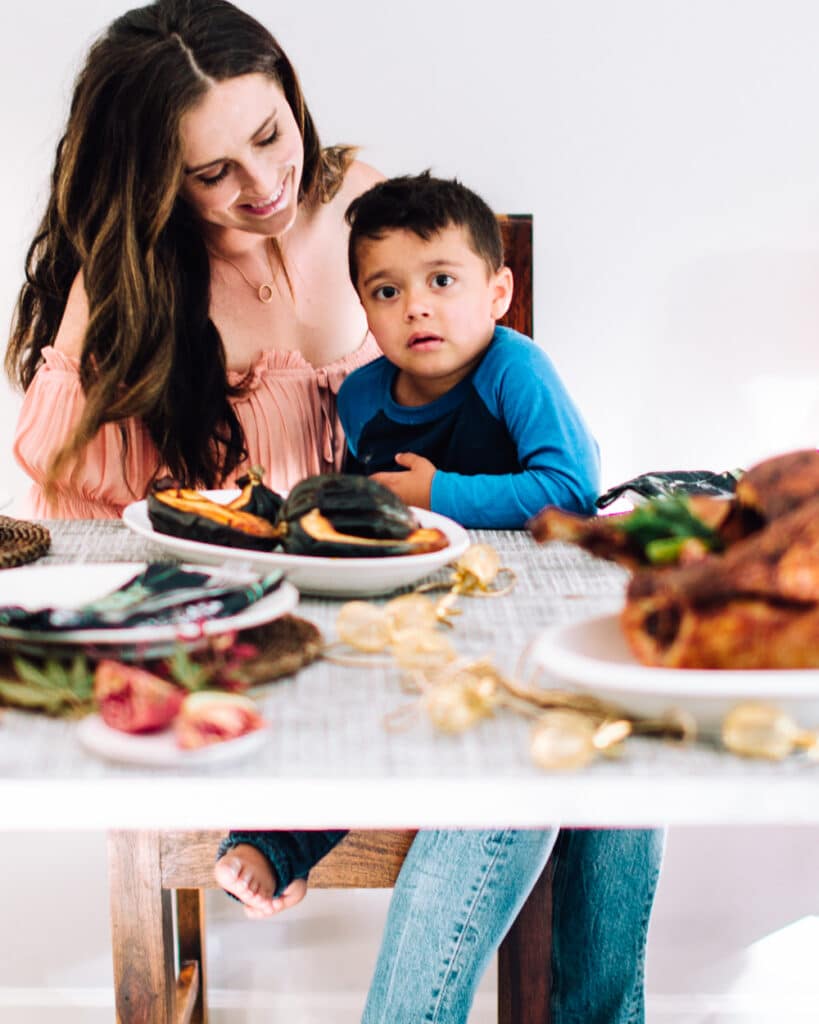
Table of Contents
- How far in advance should you choose your recipes?
- When should you start shopping for ingredients?
- When should you defrost the turkey?
- When should you start cooking in advance?
- Prep or cook these up to a week in advance
- Prep or cook these 1-2 days in advance
- Cook these the day of serving
- Here are some excellent turkey dinner recipes
How far in advance should you choose your recipes?
Looking for a super simple turkey recipe? Start with my Easy Roast Turkey with Cranberry Chutney.
I recommend choosing your recipes at least a week in advance. Even further ahead if you’re a novice cook or are trying some new dishes you haven’t attempted before (Tandoori Turkey, anyone?).
It’s really helpful on the nerves to give yourself the time to trial-run any new dishes in advance. (Here is a link to my Thanksgiving Pinterest board for lots of great recipe ideas.)
Planning the menu a week ahead minimum gives you sufficient time to schedule your shopping trips, especially if you need to schedule multiple stops.
It also allows a buffer to change plans without stress if your first-choice store is out of an ingredient (like, if you plan for a fresh turkey and can only find frozen).
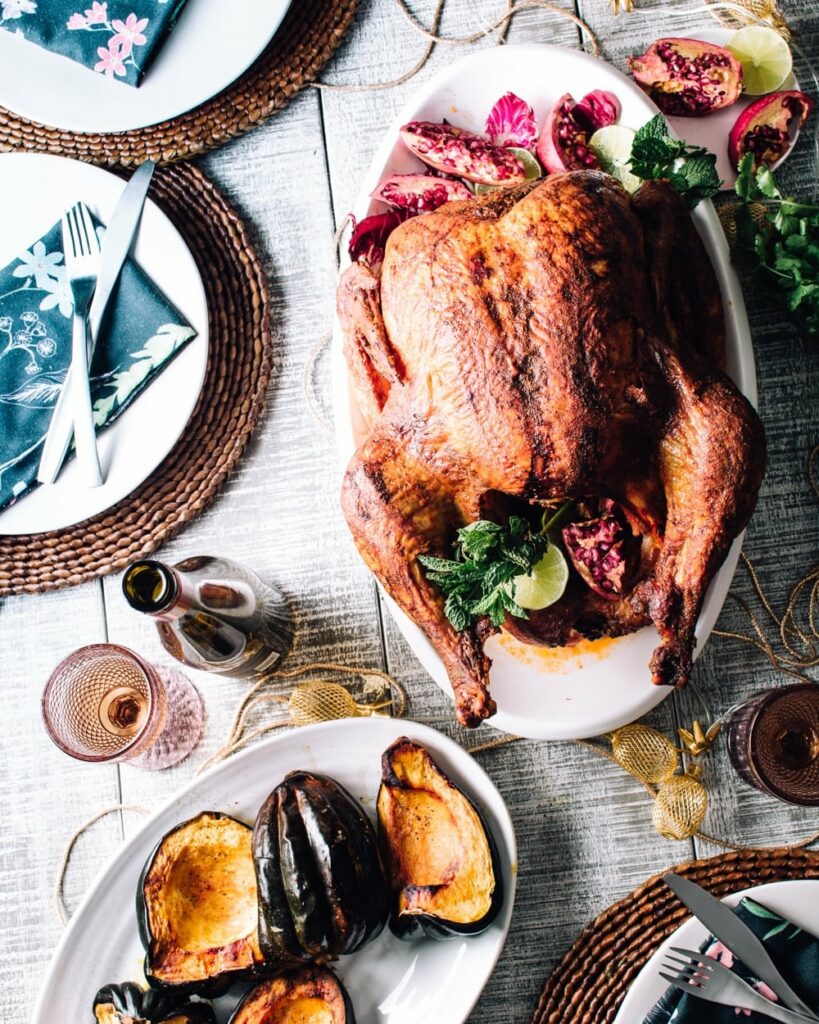
When should you start shopping for ingredients?
- Turkey: Shop for the turkey at least a week in advance if buying frozen (earlier, even, to ensure you get the size you’re after).
- Vegetables: Remaining fresh ingredients (herbs, green veggies) are best sourced as close to the date as possible, while still giving yourself wiggle room for unforeseen circumstances.
- Spices and pantry staples: I’d recommend having everything purchased and ready to start prep 2-3 days in advance.
When should you defrost the turkey?
- Plan for 1 day of thawing for every 4 pounds of turkey. This means an average 16-18-lb bird needs 4-5 days to thaw.
- The safest, best way to defrost a turkey is in the refrigerator.
- If you’re pressed for time, you can hasten the process by filling the kitchen sink with cold water and thawing it submerged, however, it’s not totally hands-off.
Details below.

How to defrost a turkey in the fridge
- Leave the turkey in its original wrapping.
- Place the turkey on a baking tray, breast-side-up, in the fridge.
- Thaw for 1 day per 4 lbs of turkey.
- Cook turkey within 4 days after thawing.
How to defrost a turkey in the sink
- Leave the turkey in its original wrapping.
- Place the turkey in a plugged sink and fill the sink with cool (never hot) water.
- Fully submerge the turkey, or else flip the turkey every 30 minutes so that the exposed parts are then submerged.
- Change the water every 30 minutes to maintain the cool water temperature.
- Thaw for 30 minutes per 1 lb of turkey.
- Cook turkey within 4 days after thawing.
It is essential to do the flipping and water changing for effective thawing and for food safety. The frozen turkey will chill the water too much at first (like ice cubes in a glass) and the water change will ensure the turkey actually thaws.
Then as more of the turkey thaws, the room temperature may warm the water up too much and present a food safety risk if you don’t drain and refill it with cold water.
The key is keeping a mostly even temperature so that the outside of the turkey doesn’t warm up too much while the inside is frozen.
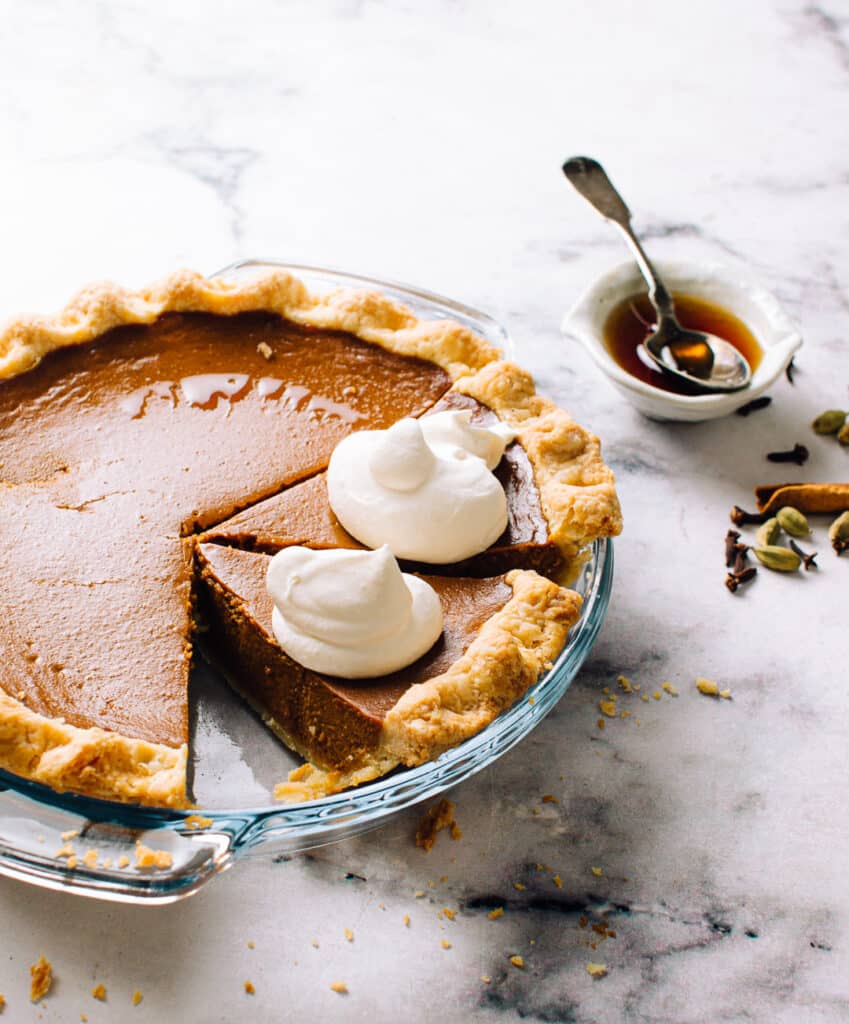
When should you start cooking in advance?
You should make the sides in the order of how well they keep. Most can be started well in advance of the big dinner.
Prep or cook these up to a week in advance
- Cranberry sauce can be made a week ahead and stored in a sealed container in the fridge.
- Stuffing. If you’re making stuffing from scratch, start a few days early to dry out the bread cubes.
- Pie dough. The dough for your fav pumpkin pie benefits from at least 2 hours of resting time in the fridge, but is really much better after at least 24 hours. (Here’s my article in Chatelaine Magazine for a perfect all-butter pie crust, according to science). I like to make the dough a week in advance and freeze it, so that messy job is off my plate closer to the big day.
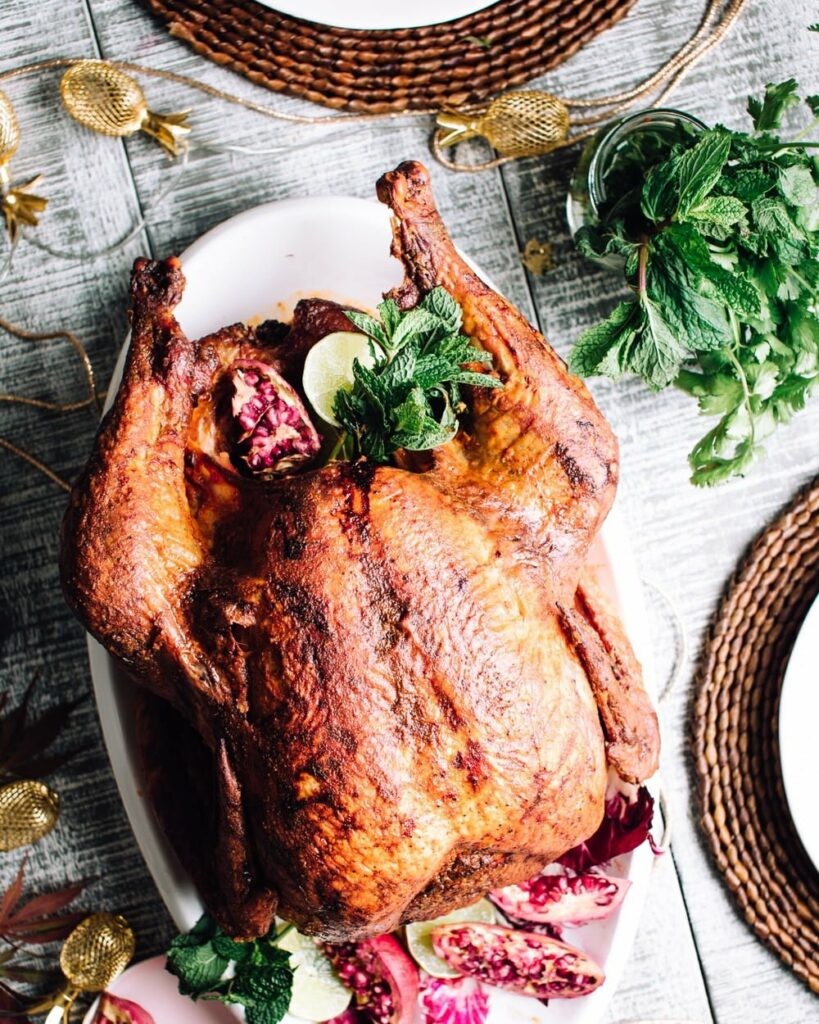
Prep or cook these 1-2 days in advance
- Casseroles and prepared side dishes (like green bean casserole or a yam bake) and stuffing that’s baked separately from the turkey can be made assembled a day in advance and baked before serving.
- A superb gravy can be made a day or two in advance and supplemented with pan drippings added later. This is my go-to make-ahead Herbed Peppercorn Gravy Recipe. I use it every time I make turkey dinner!
- Mashed potatoes are excellent to fully make ahead. Prep as usual, then reheat on the stovetop over low heat, covered, with an additional 1/2 cup of milk added. The milk heats up more quickly than the denser mashed potatoes. This kickstarts the steam and helps the potatoes to loosen up so that they don’t scorch. Stir frequently to prevent burning.
- Pie fillings (like the mixture for pumpkin pie or the apple, sugar, flour, spice mixture for apple pie) can be made ahead. Store them tightly covered in the fridge for 1-2 days so you can bake them fresh without effort.
- Roasted veggies. Chop up everything, season it and store in a zipper bag in the fridge. I prefer to actually roast brussels sprouts, squash and other veggies fresh because the pieces are smaller and more likely to dry out. You can roast them ahead and reheat covered if you prefer, just add a couple of tablespoons of water to the pan for added moisture.

Cook these the day of serving
Before the big day, grab a piece of paper and pencil and make a cooking schedule. Make a list of recipes, note how long they will take, then work backwards to figure out when everything should go in the oven.
- Pies. If you, like me, believe the pie is the true star of the show, bake it up fresh on the day you’ll serve it. A fresh-baked crust is so much more tender. I do this first thing in the morning for my holiday dinners.
- Turkey. Plan when to start cooking the turkey according to the expected roasting time (11 minutes per pound at 325ºF). Add an extra 1.5 hours for a timing buffer and to allow resting. It’s ok for the turkey to be served closer to room temperature, the gravy will be searing hot.
- Bake or reheat any prepped-ahead side dishes starting during the final 1/2 hour of turkey cooking time if oven space permits, or else while the turkey rests.
- Roasted vegetables. Roast the veggies while the turkey is resting because you’ll have to crank up the oven heat.
- Salads. Make any salads last and dress only just before serving.
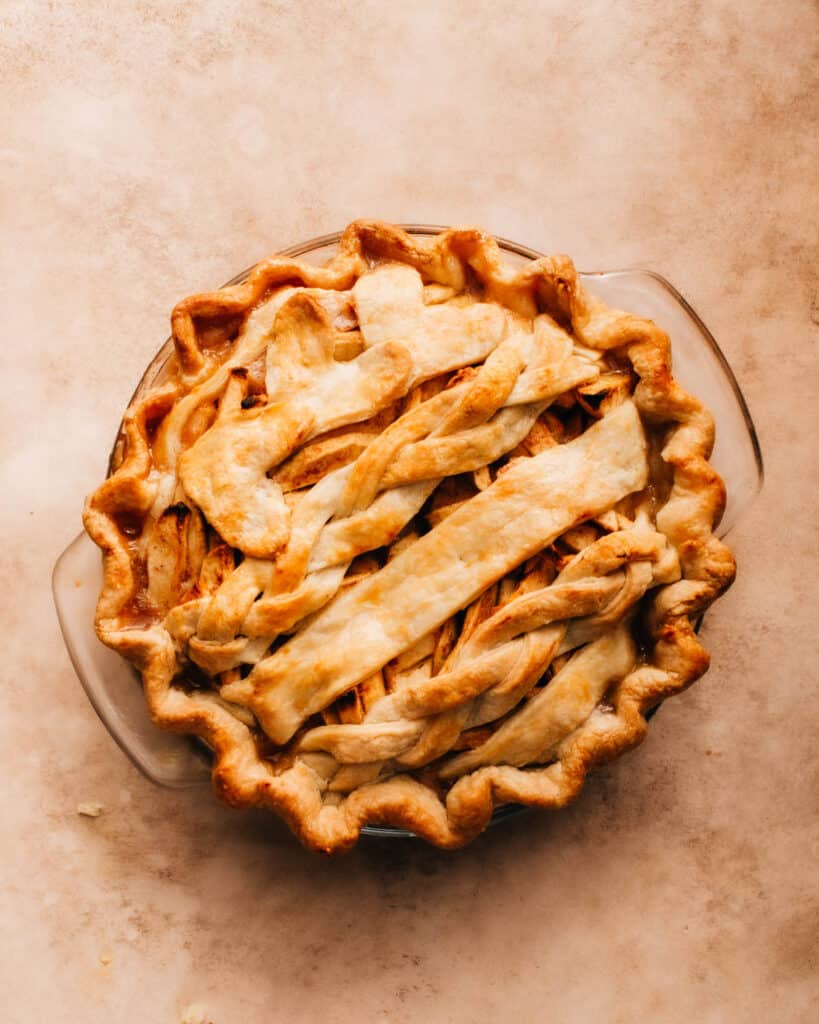
Here are some excellent turkey dinner recipes
You can cook in advance everything but the turkey itself!
- Easy Roast Turkey with Cranberry Chutney
- The Best Mashed Potatoes You’ll Ever Try
- Unstuffed Herbed Apple Stuffing
- Herbed Peppercorn Gravy
- Crispiest Roasted Brussels Sprouts with Maple and Bacon
- Maple Five Spice Roasted Butternut Squash
- Super Easy Pumpkin Pie
Next reading:


